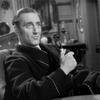The Fortune Teller
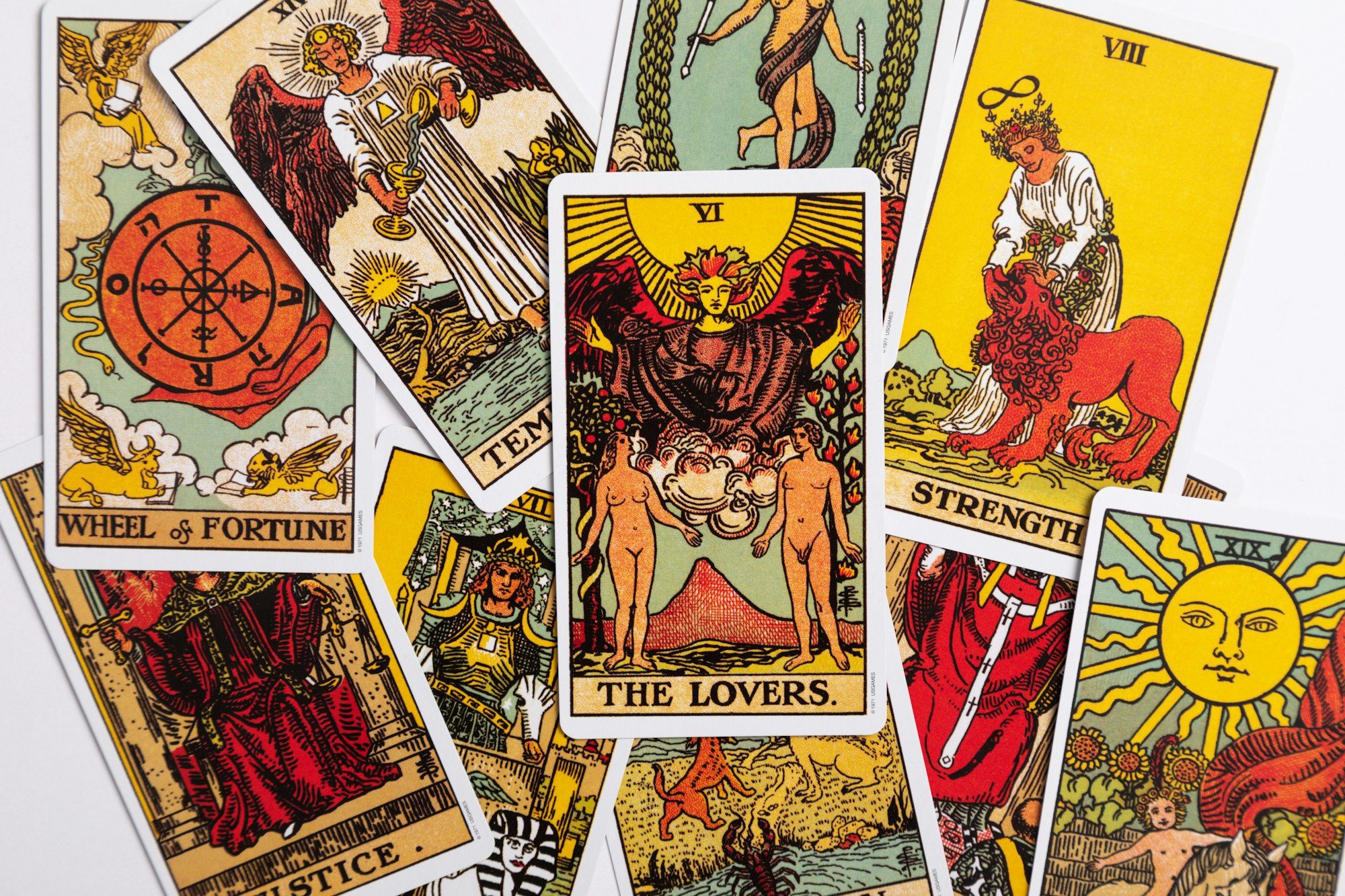
As with all magic symbols, the power of the Tarot lies in the unexpected meanings we generate when we encounter them. Divination is not about what is in the cards but what is inherent in us. Click on a card...
The Juggler (Magician), the female Pope, the Empress, the Emperor, the Pope (Hierophant)
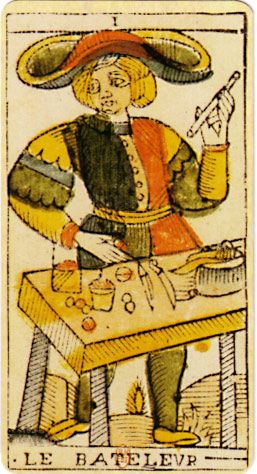
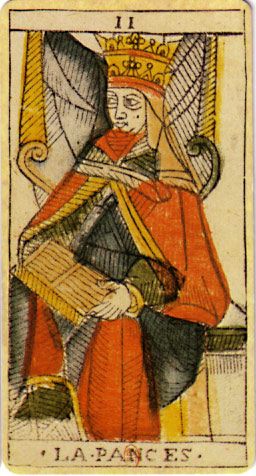
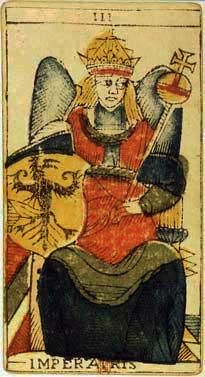
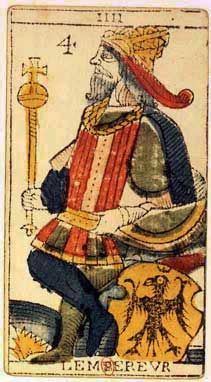
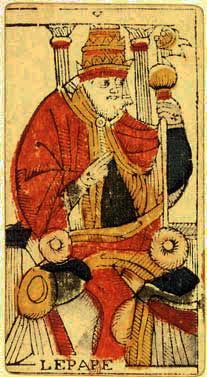
The Lovers, the Chariot, Justice, the Hermit, the Wheel of Fortune, Strength
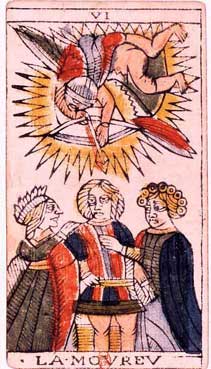
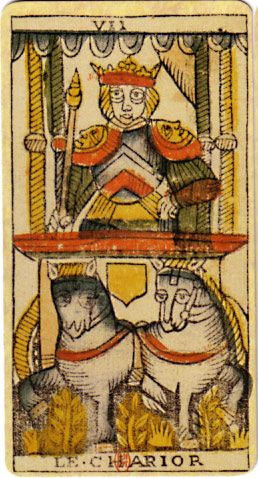
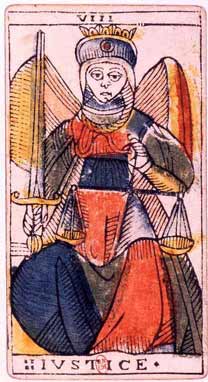
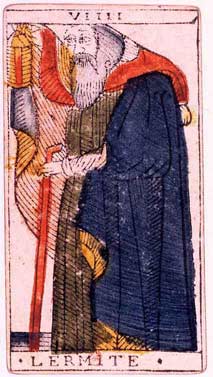
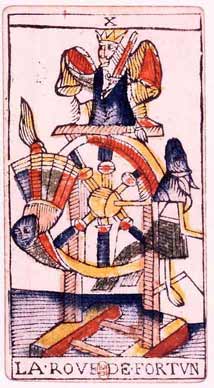
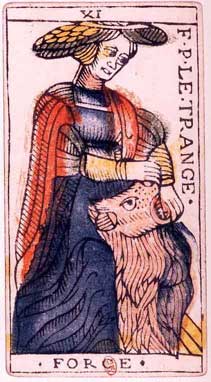
The Hanged Man, Death, Temperance, the Devil, the Tower Struck by Lightning
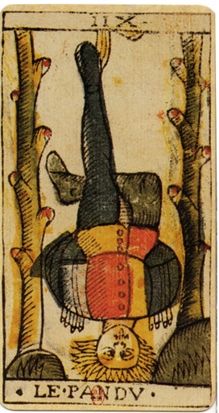
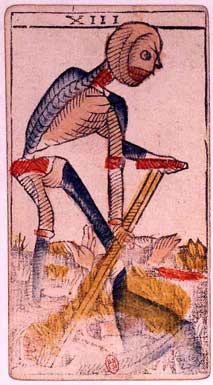
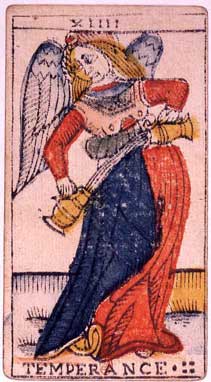
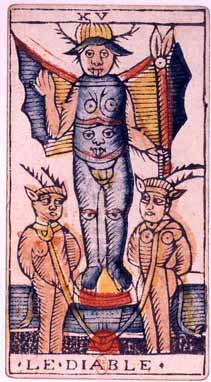
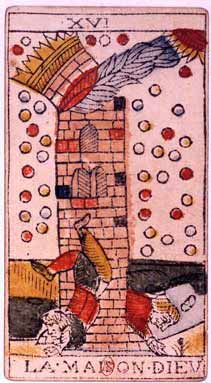
The Star, the Moon, the Sun, Judgment, the World, the Fool
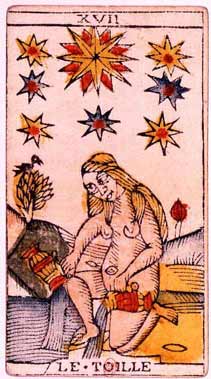
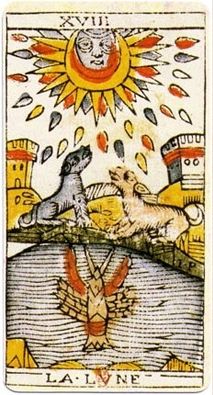
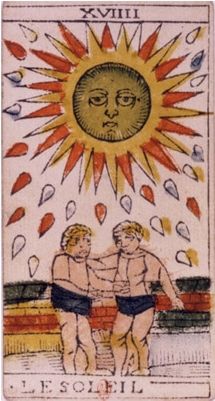
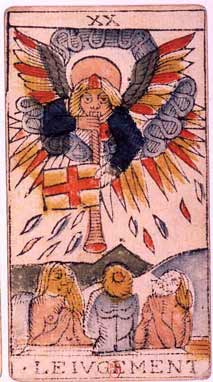
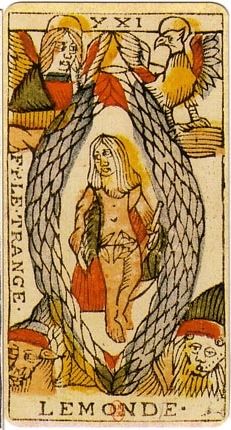
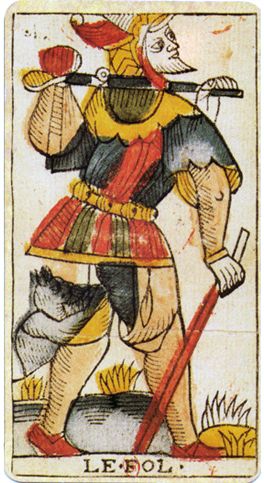
The Tarot seem to have appeared in the late medieval Latin world of the late 14th century not long after regular playing cards entered from the Islamic world and after the ravages of the Black Death (at its worst in 1348).
Thematically, the Tarot created a new Renaissance Zodiac, reflecting the same panoramic sweep found in the works of Petrarch, Boccaccio and Chaucer, all contemporaries, who broadened the range of character "types" available to storytellers. Up till then, they only had the Bible and court romances (including the legends of the Grail) to work with and now they had an entire cosmology!
Pictorially, the Tarot draws on heraldry, the art of stained glass windows, alchemy and the Books of Hours devotionals that were favored among the nobility. Miniaturists and illuminators evidently enjoyed enhancing regular playing cards to suggest mystical meanings, but with a more subversive story-telling streak. After the invention of the printing press in 1439, playing cards went everywhere and one can only imagine the talismanic power they must have had. The Catholic Church by and large did not censor them and even may have tried to coopt them. However, by the 18th century the Tarot had become a favored device for cartomancy and divination.
My personal favorite is the Tarot de Marseille (images shown above are from the Jean Dodal set, around 1700). Other famous decks include the Visconti-Sforza (the oldest known Tarot deck), the Rider-Waite-Smith deck and the occult Thoth deck by Aleister Crowley. Today the Tarot decks are victims of the copyright wars. Most people prefer slot machines anyway...
The four suits of the Tarot reflect the medieval hierarchy:
- Swords of the nobility
- Cups (chalices) of the clergy
- Coins of the merchants (renamed Pentacles by some in the late 19th c.)
- Sticks (staves or rods or batons) of the peasantry (renamed Wands in the 19th c.)
The Tarot was, then and now, a regular set of playing cards and remains so in Italian and Spanish sets where the suits are the same as the Tarot. Elsewhere they have evolved differently, for example:
| Tarot | French/English | German |
|---|---|---|
| Swords | Spades | Leaves (or Shields) |
| Cups | Hearts | Hearts (or Roses) |
| Coins | Diamonds | Bells |
| Sticks | Clubs | Acorns |

